CarEdge saved me over 4,500 dollars on a brand new Honda Pilot. I can't say thank you enough.
Price intelligence
Find a wide range of vehicle listings with market insights on new and used listings near you.


Help us personalize your CarEdge experience — it only takes a second.
Your answers help us personalize your CarEdge journey — we’ll follow up with tips and next steps that match your buying timeline.

When it comes to purchasing a new or used vehicle, car buying services can simplify the process and potentially save you money. In this comparison, we’ll look at two popular services: the Costco Auto Pro and CarEdge Concierge, highlighting their key features, customer experiences, and overall value. Which is best car buying service for you? Stay tuned to find out.


Here’s the breakdown of key features of Costco vs. CarEdge.
| Feature | Costco Auto Pro | CarEdge Concierge |
| Price | $60 – $120/year | $999 + shipping if applicable |
| Buy at the dealership | Yes | No |
| Buy from home | No | Yes |
| Home delivery | No | Yes |
| Personalized service | No | Yes |
| Negotiates pricing | No | Yes |
| Vetted dealers | Yes | Yes |
| Trade-in assistance | Yes | Yes |
| Extended Warranties offered | Yes | Yes |
Costco Auto Pro

CarEdge Concierge


There are some key differences between Costco and CarEdge, so we’ve gathered the key takeaways that differentiate each car buying service.
| Costco Auto Pro | |
| Pro | Cons |
| Lower program cost | Buyers still negotiate at the dealership |
| Included with Costco membership | Poor Google Review ratings |
| Pre-approved dealer network | No personal Concierge or customer advocate |
| Trade-in assistance | Costco is paid by participating dealers |
| CarEdge Concierge | |
| Pro | Cons |
| Skip the dealership and buy from home | Higher upfront cost |
| Personalized Concierge included | Shipping costs vary, but free pick-up is an option |
| Home delivery available | Some specialty models not serviced |
| Negotiates on your behalf | |
| Independent from car dealers | |
| Trade-in assistance | |
| CarEdge does the work for you | |
Costco’s Auto Pro and CarEdge Concierge are both good options, but their key differences mean that the best car buying service depends on your needs and priorities. For buyers looking to avoid the car dealership hassle altogether, CarEdge is the way to go. CarEdge is also the clear choice for car buyers wanting a personalized customer service experience. Costco on the other hand is a great option for those on a very tight budget, since the program is available to those with a Costco membership.
Ultimately, if budget constraints are your primary concern and you are comfortable with dealership interactions, Costco Auto Pro is a solid choice. However, if you seek the most streamlined and potentially cost-saving car buying experience with minimal effort on your part, CarEdge Concierge stands out as the superior car buying service.
Check out these helpful links below to learn more about each car buying service:
Learn more about CarEdge’s car buying service

You’d think that ‘you get what you pay for’ would ring true for all luxury vehicles, but time and time again, the data shows otherwise. Luxury models can have some of the highest maintenance costs, despite their lavish designs and fine-tuned ride. Before you fall in love with any new car, see the most reliable luxury cars and SUVs in 2024. Your wallet will thank you!

CR Reliability Score: 79/100
Overall CR Score: 72
2024 Recalls: 0 (as of May 2024)
The 2024 Lexus IS Hybrid is a winner for those who desire fuel efficient luxury with 41 MPG combined. It earned top reliability scores from Consumer Reports in the luxury sedan category.
See complete reliability ratings at Consumer Reports
Browse Lexus IS listings with the power of local market data

CR Reliability Score: 73/100
Overall CR Score: 88
2024 Recalls: 0 (as of May 2024)
See complete reliability ratings at Consumer Reports
Browse Lexus ES listings with the power of local market data

CR Reliability Score: 70/100
Overall CR Score: 69
2024 Recalls: 0
The 2024 Acura TLX impresses with sporty demeanor and dynamic driving capabilities, powered by 272 horsepower. Tell that to anyone who says ‘it’s just a Honda Accord’. But one Honda attribute that does carry over is reliability.
See complete reliability ratings at Consumer Reports
Browse Acura TLX listings with the power of local market data

CR Reliability Score: 64/100
Overall CR Score: 74
2024 Recalls:
Starting price under $40,000, this entry-level BMW scores above average in reliability. Plus, the BMW 2 Series scored well in IIHS crash testing.
See complete reliability ratings at Consumer Reports
Browse BMW listings with the power of local market data

CR Reliability Score: 86/100
Overall CR Score: 74
2024 Recalls: 0 (as of May 2024)
The Lexus GX continues to be a reliable, luxurious workhorse with its rugged off-road capabilities and plush interior. With the latest refreshed design for 2024, it looks better than ever too. Consumer Reports is currently testing the reliability of the 2024 model.
See complete reliability ratings at Consumer Reports
Browse Lexus GX listings with the power of local market data

CR Reliability Score: 83/100
Overall CR Score: 78
2024 Recalls: 0 (as of May 2024)
The 2024 Lexus UX captivates with its bold design and efficient hybrid powertrain, achieving an excellent 42 MPG combined. Its compact size and great fuel economy make it ideal for urban driving.
See complete reliability ratings at Consumer Reports
Browse Lexus UX listings with the power of local market data

CR Reliability Score: 82/100
Overall CR Score: 92
2024 Recalls: 0
The 2024 BMW X5 is both luxurious and sporty, for an SUV at least. With 335 horsepower under the hood, merging onto the highway is no challenge. If you’re looking for a reliable luxury SUV, the BMW X5 is up there with the best.
See complete reliability ratings at Consumer Reports
Browse BMW X5 listings with the power of local market data

CR Reliability Score: 80/100
Overall CR Score: 81
2024 Recalls: 0
The 2024 Acura RDX delivers a compelling mix of sporty performance and luxury, powered by a 272 horsepower engine that wins over drivers with its engaging handling and high-quality cabin.
See complete reliability ratings at Consumer Reports
Browse Acura RDX listings with the power of local market data

CR Reliability Score: 73/100
Overall CR Score: 86
2024 Recalls: 0
The 2024 BMW X3 offers what you’d expect from the German luxury brand: balanced performance and a sophisticated interior. With a starting price of $47,895, this is a surprisingly affordable BMW SUV.
See complete reliability ratings at Consumer Reports
Browse BMW X3 listings with the power of local market data
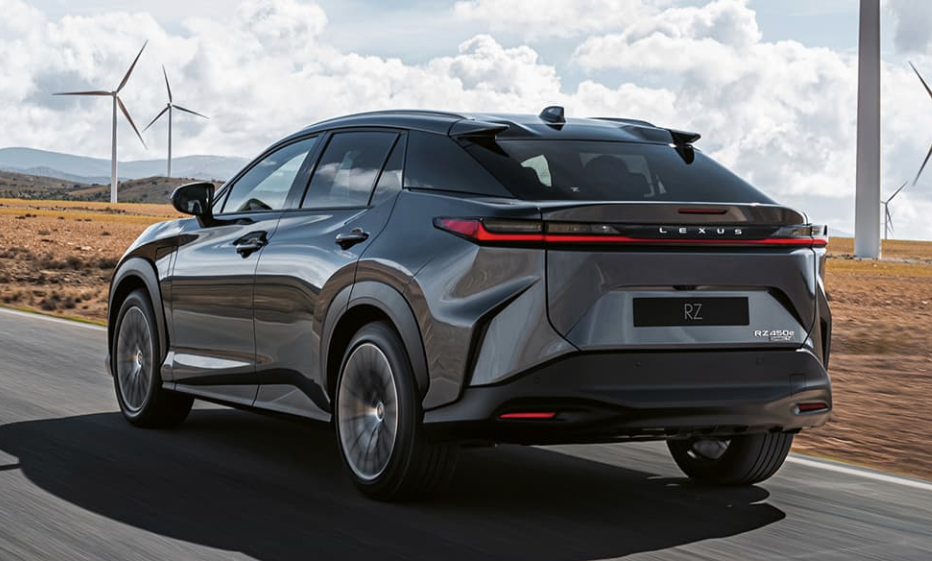
CR Reliability Score: 79/100
Overall CR Score: 74
2024 Recalls: 0
The 2024 Lexus RZ starts at around $55,000 and offers a driving range of approximately 220-250 miles on a full charge. It includes the luxury features you’d expect from Lexus, including the new and improved Lexus Safety System+ 3.0 with adaptive cruise control and lane-keeping assist. The RZ supports DC fast charging, enabling an 10 – 80% charge in about 30 minutes.
See complete reliability ratings at Consumer Reports
Browse Lexus RZ listings with the power of local market data

CR Reliability Score: 60/100
Overall CR Score: 83
2024 Recalls: 0
The 2024 BMW i4 offers up to 300 miles of range, with the rapid acceleration you’d expect from a BMW EV. How quick are we talking? The M50 variant zips from 0-60 mph in about 3.7 seconds. The 2024 i4’s MSRP starts at $53,195 with destination fees.
See complete reliability ratings at Consumer Reports
Browse BMW i4 listings with the power of local market data

CR Reliability Score: 59/100
Overall CR Score: 84
2024 Recalls: 2 (Learn more)
The 2024 BMW iX offers a driving range of up to 324 miles. At a DC fast charger, the iX can charge from 10-80% in about 35 minutes. Combining luxury, high performance, and solid reliability, the iX is one of the best premium electric SUVs.
See complete reliability ratings at Consumer Reports
Browse BMW iX listings with the power of local market data
Tired of talking to salespeople, haggling, and feeling ripped off? Our CarEdge team of experts can do it all for you, from getting you the best price to home delivery. Learn more about CarEdge Concierge, the most-trusted car buying service out there!

There’s a massive transition happening before our eyes, but it’s one that is getting harder to detect by the day: the rise of artificial intelligence (AI). We’re taking a close look at a rapid change that’s already transforming the auto industry: cars with AI. In 2024, three leaders are taking bold steps to put AI in cars: Tesla, Mercedes-Benz, and Volkswagen. Here’s how the big three are putting machine learning into the driver’s seat.

Tesla has been a household name in the world of electric vehicles and autonomous driving since first launching Full Self-Driving (FSD) in 2020. The company’s Autopilot system is one of the most advanced driver assistance systems available today. Utilizing NVIDIA-powered AI, Tesla’s FSD technology aims to enable fully autonomous driving, allowing cars to navigate complex environments with minimal human intervention.
In 2024, all Tesla models include Autopilot, which features limited AI-powered autonomous driving, such as interstate cruising and lane changes. Tesla’s Full-Self Driving package is an $8,000 add-on, and includes the following capabilities:
Tesla continues to lead the pack by constantly updating its AI capabilities through over-the-air software updates, enhancing everything from traffic sign recognition to full autonomous navigation. But something has changed in recent years: Tesla is no longer alone in the automotive AI space.
Here’s a look at the most serious competition today.

Mercedes-Benz is making significant strides in integrating AI into its vehicles. In fact, in 2023, Mercedes-Benz became the first automaker to gain U.S. approval for Level 3 autonomous driving. Yes, they even beat Tesla to the historic milestone.
The Mercedes-Benz Drive Pilot system represents the world’s first Level 3 system certified by the Society of Automotive Engineers, or SAE. Level 3 autonomous driving systems can manage most aspects of driving, including monitoring the environment, without human intervention. These are hands-off driving systems on certain roads.
Drive Pilot is powered by a spectrum of sensors, from LiDAR to rear window cameras and microphones. Who’s a major partner in Mercedes’ AI development? You guessed it: NVIDIA.

It’s not just autonomous driving that Mercedes is after. Now, Mercedes is bringing AI into infotainment and multimedia in the cabin. At the heart of the automaker’s AI innovation is the MBUX (Mercedes-Benz User Experience) Virtual Assistant. Debuting at CES 2024, this assistant leverages generative AI to deliver a highly personalized driving experience. The new system, integrated with the Mercedes-Benz Operating System (MB.OS), uses advanced 3D graphics powered by the Unity game engine, making the interactions more natural and visually engaging.
Mercedes-Benz has also integrated ChatGPT into its vehicles, enhancing the capabilities of the “Hey Mercedes” voice assistant. This integration allows for more natural and expansive conversations, handling a broader range of topics and providing more natural language interactions. In other words, Mercedes doesn’t want your voice assistant to sound like a GPS giving navigation instructions.
But it’s not just luxury cars getting into artificial intelligence. Another German automaker is now producing new cars with AI at a much lower price point.

Volkswagen is set to integrate OpenAI’s ChatGPT into its vehicles, starting from the second quarter of 2024. This integration, announced at the 2024 Consumer Electronics Show (CES) in Las Vegas, marks Volkswagen as the first mainstream traditional automaker to standardize ChatGPT across a broad range of models.
ChatGPT is an advanced AI language model developed by OpenAI that generates human-like text based on the input it receives. Powered by NVIDIA hardware, it utilizes deep learning techniques to understand and respond to a wide range of queries, providing accurate and contextually relevant information. Anyone can try ChatGPT for free at chat.openai.com.
The AI-based chatbot will be embedded within Volkswagen’s IDA voice assistant, which is activated by saying “Hello IDA” at any time. The ChatGPT integration will be available in various models, including the electric ID.3, ID.4, ID.5, ID.7, as well as the upcoming Tiguan, Passat, and Golf. The Volkswagen ID.4 is on sale today.
Volkswagen says that ChatGPT will enhance the functionality of the IDA voice assistant by enabling more natural conversations. Users will be able to ask a wide range of questions, from navigation assistance and climate control to general questions. Want to know about the history of the town you happen to be driving through? Soon, you’ll be able to ask your Volkswagen.
ChatGPT does not access vehicle data, and all interactions are securely deleted after processing. AI and personal privacy are growing concerns for more drivers as cameras and microphones become more commonplace inside the cabin.

Like it or not, more automakers are bringing AI to new cars in 2024 and beyond. Privacy concerns are not to be overlooked, but drivers have much to gain from newfound AI superpowers. From improving vehicle safety through predictive analytics to offering seamless and intuitive in-car experiences, the potential is limitless. Companies like Tesla, Mercedes-Benz, and Volkswagen are at the forefront of this revolution, setting new standards for what we can expect from our vehicles.
In a time of strange AI art, artificial song generators, and unsettling deep fakes, it’s comforting to see the positive side of artificial intelligence in our lives. AI is making our cars smarter, our drives safer, and our journeys more enjoyable.
One thing is certain: the future is getting weird!
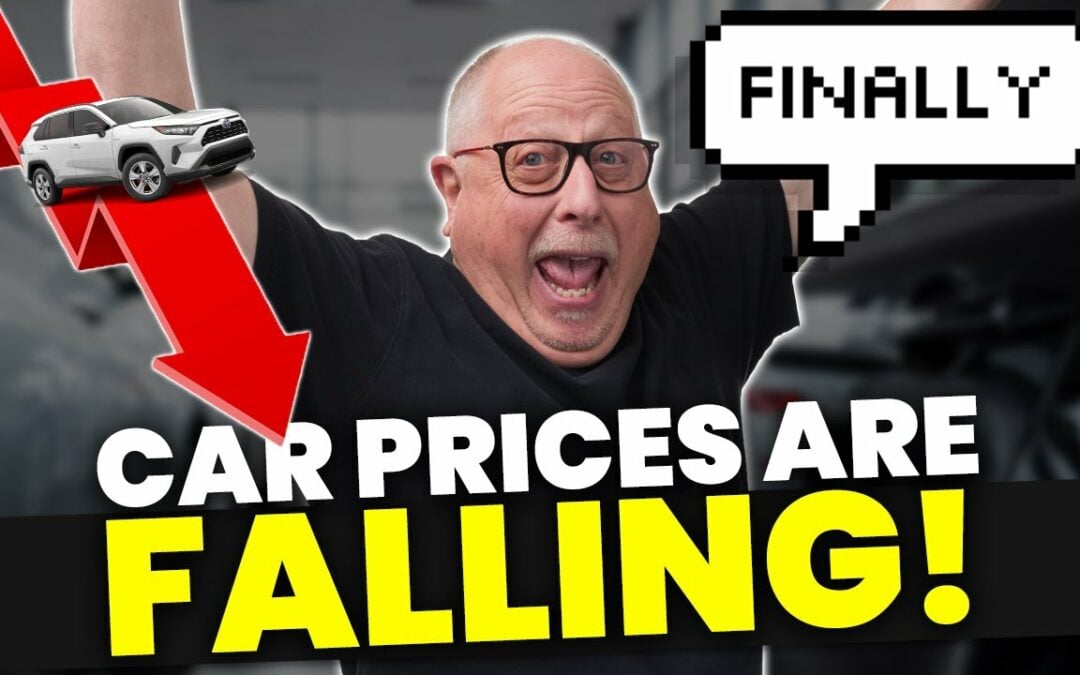
The best new car deals are changing in 2024. We spoke to CarEdge’s Ray Shefska about which new cars and trucks are most negotiable today. With over 40 years of experience in the business and a constant pulse on the market, Ray knows the ins and outs of car buying. That includes where the best deals can be had. These are the most negotiable new cars for summer 2024, based on the latest market data from CarEdge Pro.

You’ve probably heard by now that automakers are struggling to sell EVs. While EV sales continue to climb, it’s true that the rate of adoption has slowed. Gone is the rapid rise in popularity that early adopters brought to the market. Now, we’re well into the slow and steady process of convincing the other 90% of the car market that EVs are worth trying out.
Here’s how EV inventory plays out as we head into summer 2024. Keep in mind that the market average is 72 days of supply. You can learn more about this valuable car market measure here.
| Make | Model | Current Day Supply | Total For Sale | Negotiability |
|---|---|---|---|---|
| Ford | F-150 Lightning | 128 days | 7,314 | Highly Negotiable |
| Ford | Mustang Mach-E | 166 days | 18,896 | Highly Negotiable |
| Kia | EV6 | 96 days | 4,737 | Above Average |
| Kia | EV9 | 106 days | 4,940 | Above Average |
| Hyundai | IONIQ 5 | 140 days | 15,147 | Highly Negotiable |
| Volkswagen | ID.4 | 132 days | 6,940 | Highly Negotiable |
| Nissan | Ariya | 108 days | 4,821 | Above Average |
| Subaru | Solterra | 105 days | 4,415 | Above Average |
| Cadillac | Lyriq | 184 days | 13,119 | Highly Negotiable |
| Chevrolet | Blazer EV | 507 days | 16,014 | Highly Negotiable |
| Mercedes-Benz | EQS | 180 days | 3,460 | Highly Negotiable |
| Mercedes-Benz | EQE SUV | 148 days | 3,712 | Highly Negotiable |
| Mercedes-Benz | EQB | 241 days | 2,680 | Highly Negotiable |
| Volvo | C40 | 383 days | 1,420 | Highly Negotiable |
See local market supply, price data, and buying advice with CarEdge Pro
If you’re EV-curious, this oversupply is GREAT news. Manufacturers and dealers alike have tens of thousands of electric vehicles to sell, and are offering big incentives to entice buyers.
Here are just a few of the standout deals this summer:

Finance with 0% APR (all trims) for 60 months + $7,500 customer cash until June 3, 2024. Lease the IONIQ 5 SE for $299/month for 24 months with $3,499 due.
Base Price: $41,400 – $53,500
Range: 220 – 303 miles
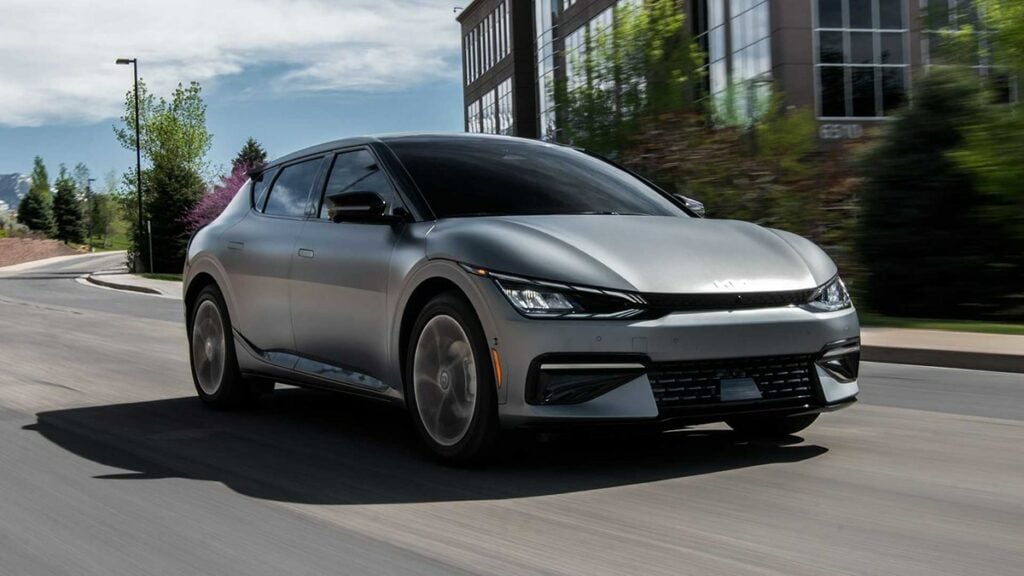
Finance with 0% APR for 60 months + $9,000 cash. Lease the EV6 RWD Wind for $249/month for 24 months with $3,999 due.
Base Price: $42,600 – $61,600
Range: 252 – 310 miles
Why no Tesla models on this list? Simply put, Tesla models are not negotiable. With direct-to-consumer sales, the price is the price. However, there’s great news for Tesla fans. Tesla is offering their best offer ever for the Model Y. Right now, Tesla is offering 0.99% APR for up to 72 months.
This comes as Model Y prices have fallen to their lowest point ever. In 2024, the popular Model Y Long Range AWD starts at $47,990. The Rear-Wheel Drive Model Y starts at $44,990. Learn more about these Tesla offers.

Sedans have officially fallen out of favor in America. This is not news to you if you’ve driven anywhere in the States in the past decade. However, manufacturers are still producing several great sedans that promise great fuel economy and low prices.
Last year, these were the 5 best-selling sedans in America:
Although the Camry and Corolla remain hot sellers with below-average negotiability, several popular and well-reviewed sedans have a glut of dealership inventory in 2024. This makes these models especially negotiable today:
| Make | Model | Current Day Supply | Total For Sale | Negotiability |
|---|---|---|---|---|
| Honda | Accord | 73 days | 27,374 | Above Average |
| Kia | K5 | 150 days | 2,034 | Highly Negotiable |
| Hyundai | Elantra | 115 days | 32,420 | Above Average |
| Hyundai | Sonata | 154 days | 15,653 | Highly Negotiable |
| Subaru | Legacy | 99 days | 3,815 | Above Average |
| Nissan | Altima | 144 days | 24,618 | Highly Negotiable |
| Nissan | Versa | 115 days | 8.987 | Above Average |
| Nissan | Sentra | 120 days | 36,296 | Above Average |
| Mazda | Mazda3 | 147 days | 9,533 | Highly Negotiable |
See local market supply, price data, and buying advice with CarEdge Pro
Don’t negotiate without this!!! 👉 Free Car Buying Cheat Sheet

CarEdge co-founder Ray Shefska highlighted full-sized trucks as some of the most negotiable new cars in 2024. It’s now common to see advertised discounts below MSRP for these models. Truck inventory has fallen as dealers have finally sold off most of their 2023 inventory, but trucks are still in oversupply. Here are the best truck deals this month:
Ram 1500: 92 days of supply (highly negotiable)
Ford F-150: 98 days of supply (highly negotiable)
Chevrolet Silverado 1500: 105 days of supply (highly negotiable)
GMC Sierra 1500: 99 days of supply (highly negotiable)
You can negotiate the best deal on the leftovers from last year, however, In fact, there are still 18,000 brand-new 2023 F-150s on dealer lots, and 2,900 new 2023 Ram 1500s. If you’re equipped with expert market insights, these are the most negotiable new trucks today. But hurry, they won’t be there for long! No truck goes unsold, and we’re already halfway through 2024.

What do you get with CarEdge Pro? A whole lot!

As we approach Memorial Day weekend (May 25 – May 27), car shoppers have a golden opportunity to take advantage of significant discounts on SUVs and crossovers. Traditionally a hotbed for great car deals, 2024’s Memorial Day sales are shaping up to be especially big. This year, elevated levels of new car inventory and hefty floorplanning costs faced by dealers are creating the perfect storm for big bargains. It’s a buyer’s market! Here are the best Memorial Day SUV deals for May 2024.

Financing offer: 3.99% APR for 60 months
Cash offer: $1,250 cash savings
Lease offer: Lease the Palisade SEL from $379/month for 36 months with $3,999 due. See offer details.
The Hyundai Palisade is a favorite among families, offering a blend of comfort, space, and technology. Plus, it earns the ‘Top Safety Pick’ crash test rating from the IIHS. This Memorial Day, Hyundai is sweetening the deal with a competitive financing offer and a decent cash discount.
👉See Hyundai Palisade listings with the power of local market data

Financing offer: 6.9% APR for 72 months
Cash offer: $5,500 cash (conquest cash offer for owners of competitive brand vehicles)
Lease offer: Lease from $399/month for 36 months with $4,509 due. See offer details.
Jeep’s Grand Cherokee remains a top choice for those wanting rugged capability combined with luxury. This Memorial Day, Jeep is offering a conquest cash offer, making it an attractive option for owners of competitive brand vehicles. Despite the higher APR, the big cash discount can make this deal work. Check out the latest on Jeep reliability before you decide.
👉See Jeep listings with the power of local market data
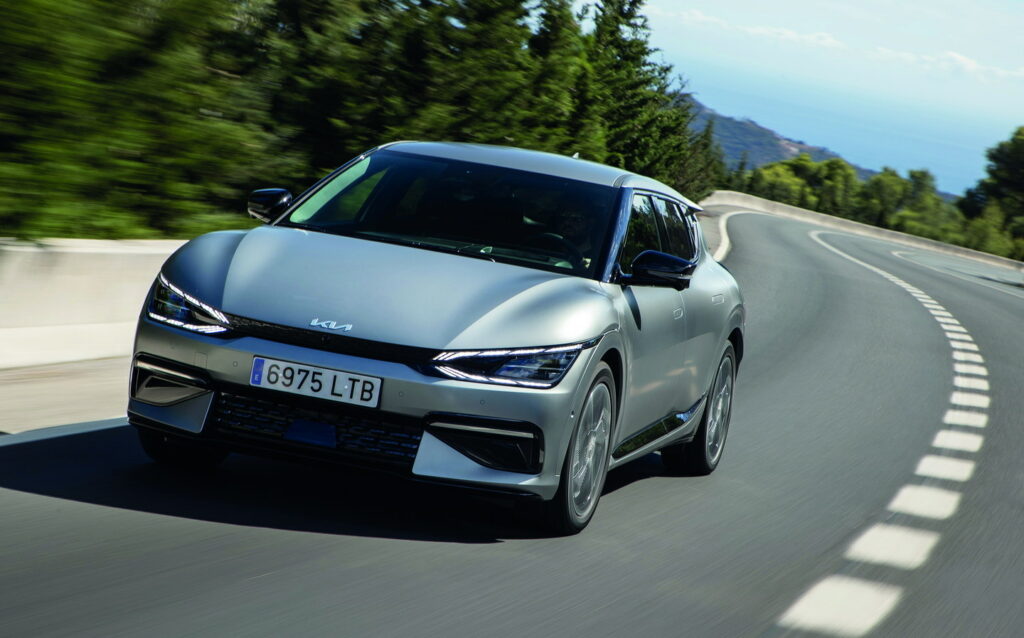
Financing offer: 0% APR for 60 months.
Cash offer: $9,000 cash discount
Lease offer: Lease for $209/month for 24 months with $3,870 due. See offer details.
The Kia EV6 is one of the best electric vehicles on the market, combining fast charging with sporty looks, despite the family-sized interior. This Memorial Day, Kia is offering one of the best deals with 0% APR financing and a massive $9,000 cash discount. If you’re considering going electric, the EV6 is a compelling option with these generous incentives.
Not sure you want an EV for the long-term, or simply want to avoid depreciation? This EV6 lease offer is as good as it gets. Need a 3-row electric SUV? The all-new Kia EV9 qualifies for similarly great Memorial Day deals.
👉See Kia EV6 listings with the power of local market data

Financing offer: 0% APR for 36 months for the 2024 Mazda CX-50, CX-30, CX-5, CX-90
Lease offer: Lease a 2024 Mazda CX-30 for 36 months for $199/month with $4,309 due at signing. See offer details.
Mazda’s lineup of SUVs is known for modern design and peppy driving dynamics. This Memorial Day, Mazda is offering 0% APR for 36 months across several models, including the CX-50, CX-30, CX-5, and CX-90. With attractive lease offers, particularly on the CX-30, Mazda provides excellent value for those seeking a fun-to-drive family SUV.
By the way, Mazda’s all-new CX-70 just arrived on dealer lots. Check them out here.
👉See Mazda listings with the power of local market data

Financing offer: 2.9% APR for 72 months for the 2024 Outback, Forester, and 2.9% APR for 48 months for the 2024 Ascent. See offer details.
Subaru is a brand synonymous with reliability and all-wheel drive capability. This Memorial Day, Subaru is offering competitive financing rates on its popular SUV models, including the Outback, Forester, and Ascent. With 2.9% APR available for extended terms, Subaru provides a solid deal for those seeking a durable and capable SUV.
👉See Subaru listings with the power of local market data

Financing offer: 0% APR for 60 months
Lease offer: Lease a 2024 Taos S for $229/month for 36 months with $3,999 due at signing. See offer details.
The Volkswagen Taos is a compact SUV that offers a premium feel at an affordable price. This Memorial Day, Volkswagen is offering 0% APR financing for 60 months, a rarity in today’s market. There’s also a stellar lease offer at just $229/month.
👉See VW Taos listings with the power of local market data
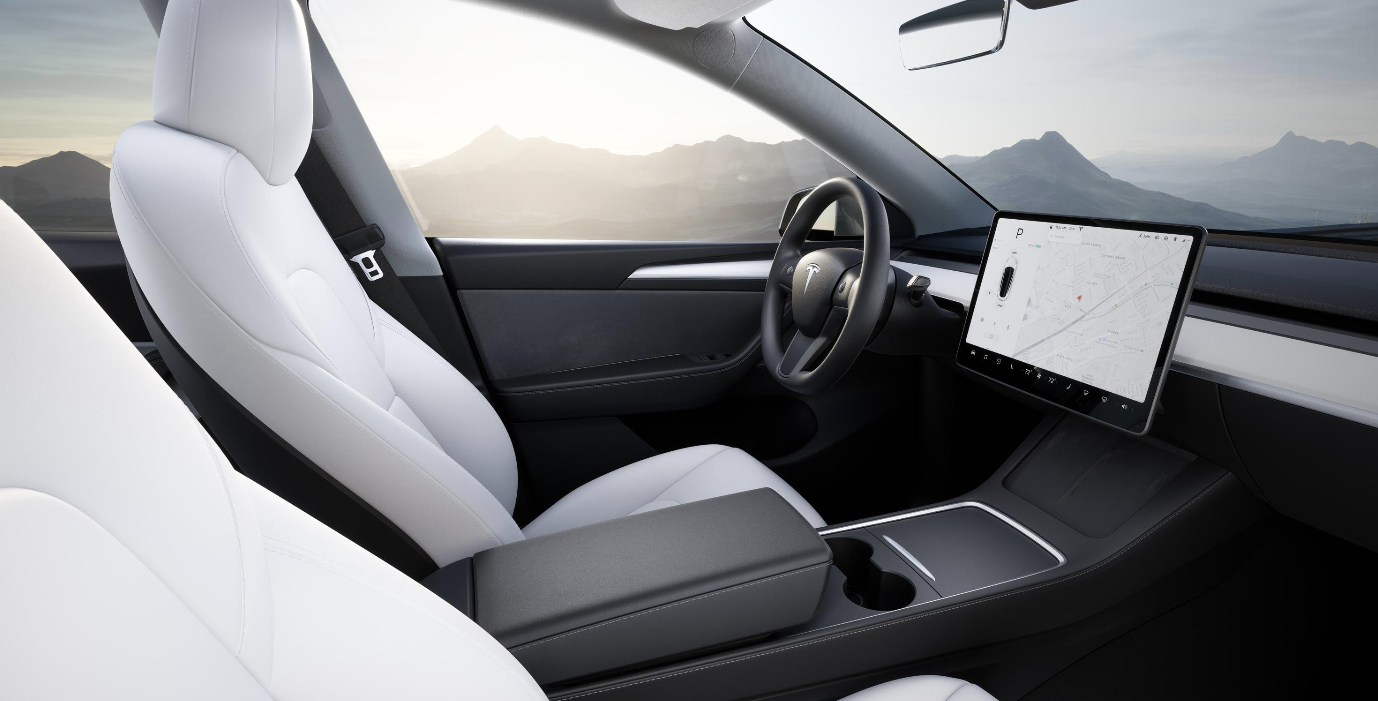
Financing offer: 0.99% APR for up to 72 months
Lease offer: Lease from $399/month with $2,999 due at signing. See offer details.
The Tesla Model Y is the best-selling EV in America, and one of the top-selling luxury vehicles, period. Rarely does the EV behemoth offer huge incentives like this. For Tesla’s Memorial Day sale, Tesla is offering an impressive 0.99% APR financing rate for up to 72 months, along with attractive lease terms. The Model Y’s long range, over-the-air updates, and extensive Supercharger network make it a top contender for EV fans and newbies alike.
👉See used Tesla listings with the power of local market data

Tired of negotiating, dishonest pricing, and all of the back-and-forth that comes with buying a new SUV? Let us do it for you! Learn more about CarEdge Concierge. It’s your ticket to saving more, and stressing less! Home delivery is available.
Prefer a DIY route with expert tools at your fingertips? CarEdge Pro is what you’re looking for! We’re simply here to help!